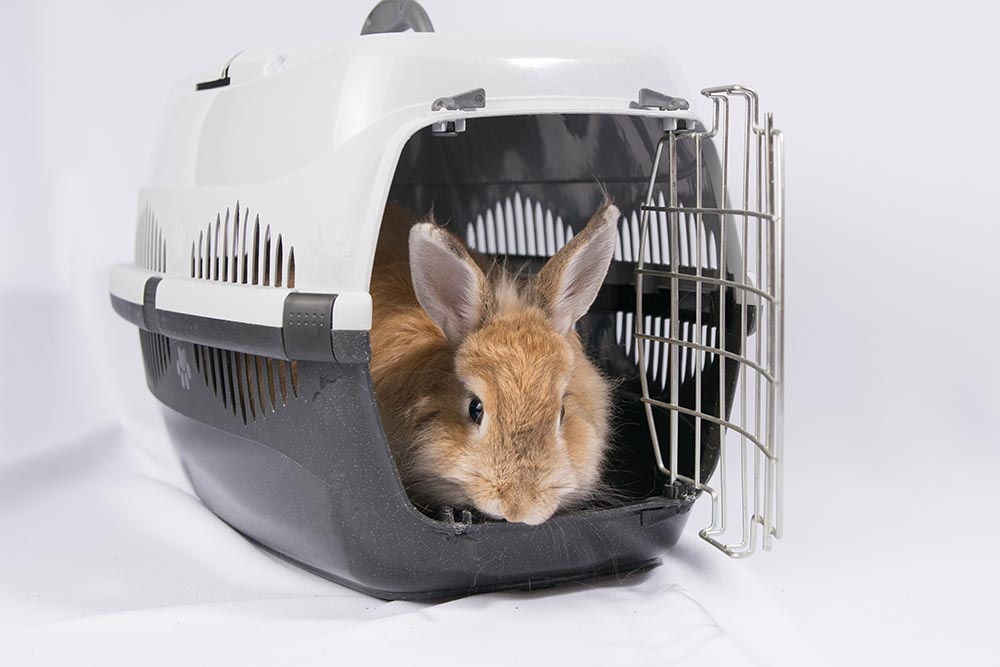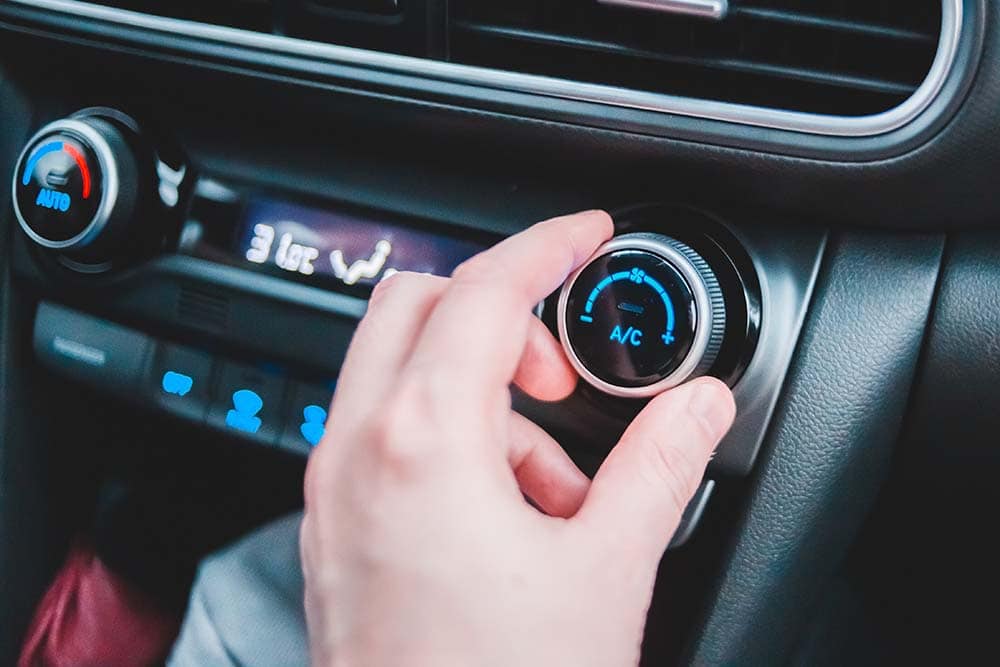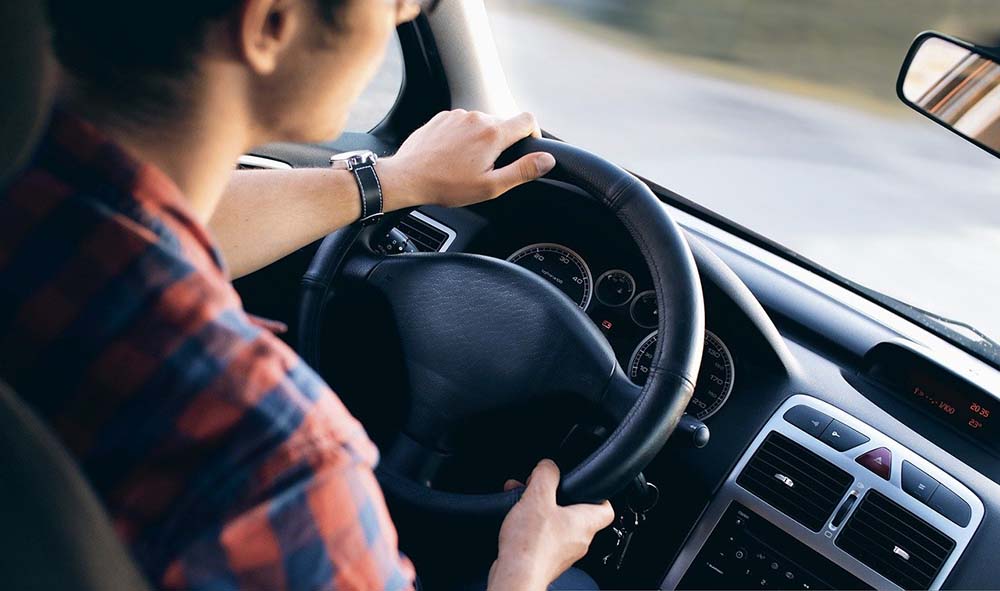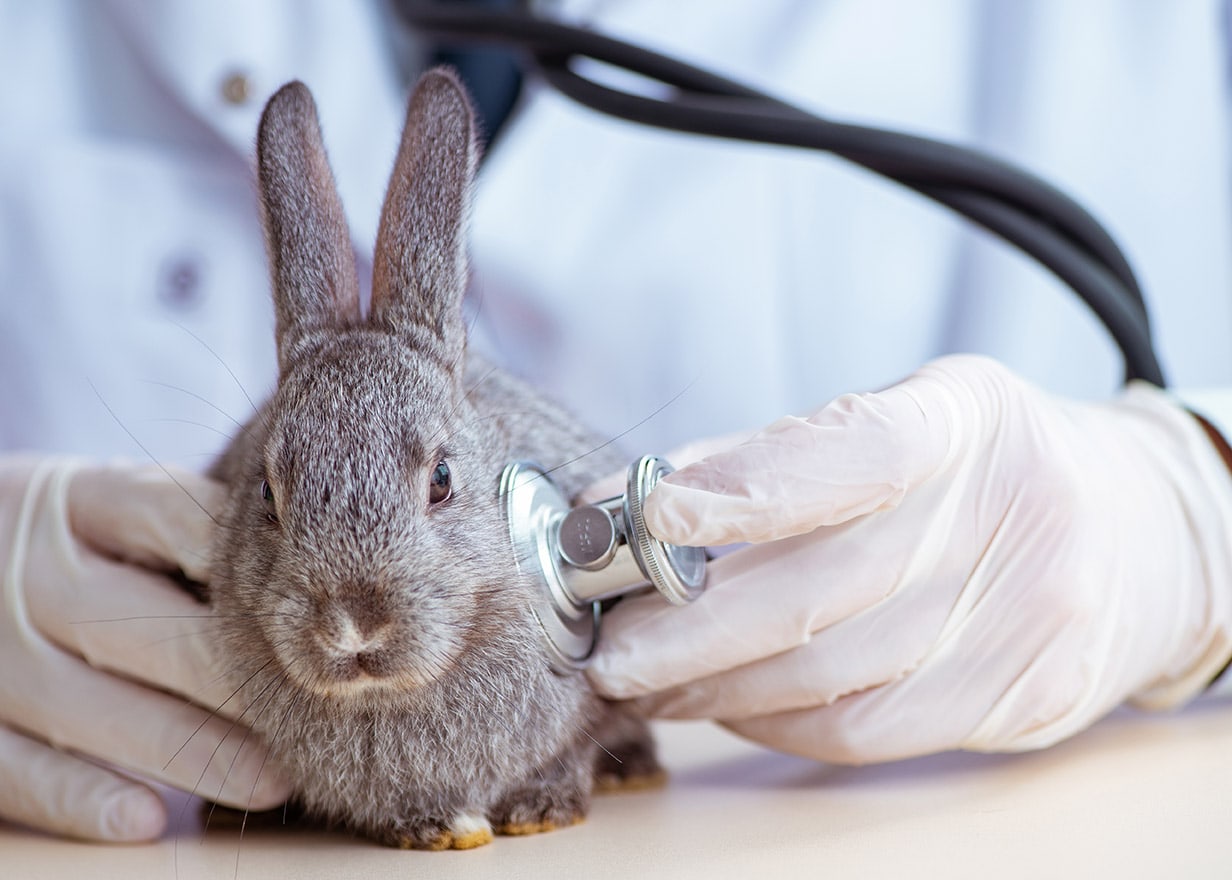
Traveling is an exciting time, but it certainly requires some preparation for everyone involved. For pet owners, you not only have to prepare yourself, but you need to get everything in order for your pets, too.
If you plan on taking your rabbit with you during your endeavors, we’ve got you covered. Here are some important tips and tricks to get you well prepped for traveling with your rabbit whether it be a short trip or a lengthy one.

The 11 Tips for Travelling with a Rabbit
1. Pick the Right Carrier

Choosing the right carrier for your rabbit to travel in is essential. Too large of a carrier will put your rabbit at risk of injury if there were to be a sudden stop or even a car accident. Most small cat carriers are appropriately sized for most rabbits but generally, you will want them to be able to lay down comfortably along the length of the carrier and be able to turn around inside.
If you are traveling with more than one rabbit, you will need to get a larger carrier so they can fit comfortably in there together. The carrier needs to have soft padding at the bottom to prevent them from sliding around. You may have to put your own cushion inside if your carrier does not come with anything.
Very few pet carriers are crash tested, but the Center for Pet Safety encourages pet owners to place carriers lengthwise on the floor behind either the passenger or driver’s seat. This is the safest spot in vehicles for these carriers since most are not designed for the impact of a car accident.
2. Introduce Your Rabbit to the Carrier Before Travel
Leading up to your travel date, you will want to introduce your rabbit to their new carrier, so they become comfortable before the stressful trip. Allow your rabbit to have as much access to the carrier as possible in the days before your leave.
Ideally, your rabbit will begin using the carrier as a comfortable place to hide. You can even try luring them into the carrier with their favorite treat, so they have some positive association with it. This will help tremendously in reducing their stress once they are in the vehicle.
3. Have the Car at a Comfortable Temperature

Rabbits are extremely sensitive to hot weather and are prone to heat strokes. Before you leave the house with your rabbit, have the car started and at a comfortable temperature before you place them inside. Do not have the air conditioning vents pointed directly at your rabbit, but have them pointed upward so that the air can properly circulate throughout the car.
Never leave your rabbit or any other pet unattended in the car for any reason. Even when temperatures outside are mild, the inside of the car can still get dangerously hot. For example, at 60 degrees Fahrenheit, the inside temperature of the car can still reach over 100 degrees, which can quickly be fatal to rabbits and other pets.
4. Have a Passenger Nearby
One way to keep your rabbit comfortable while on the road is to have them close to you or another passenger they are familiar with. You never want to open the carrier while the vehicle is in motion but feel free to open it up and comfort your rabbit when you make any stops.
Just the presence and soft voice of a familiar person can help reduce their stress and make them feel more comfortable. Get a carrier with a window or try positioning it in a way that you can see your rabbit to observe them during the trip and provide comfort as needed.
5. Pack All Your Necessary Supplies
Depending on what type of traveling you are doing, you will need to make sure you have all your rabbit necessities. If you are making a quick trip to the veterinarian and back, there’s no need to get stocked up but if you are going on vacation, you will need their usual care supplies so that they can comfortably settle in once you reach your destination.
- Related Read: Ultimate Checklist for Camping with a Rabbit
6. Take an Emergency Kit
In addition to having your usual rabbit supplies ready, it’s a good idea to pack an emergency kit just like you do for the family. If your rabbit were to stop eating or experience gastrointestinal upset or you were to break down alongside the road, experience travel delays, or have anything else unexpected happen, it’s best to be prepared.
7. Start with Short Rides

If you are prepping for a lengthy road trip with your rabbit, it’s going to be a good idea to have them used to short car rides before you leave on the long drive. Rabbits are highly prone to stress so keeping it as minimal as possible is key.
First, get your rabbit used to their carrier inside your home. Once they’ve established comfort and familiarity with the carrier, try taking them out in the car for quick, short rides to get them accustomed to the noise, vibration, and overall feeling of being in a moving vehicle.
Being trapped in the situation suddenly for a lengthy period will stress them out much more than if they are used to the feeling already.
8. Avoid Loud Music
Noise can cause a lot of undue stress for your rabbit, especially in the vehicle where they are already feeling the movement, vibration, and noise of traveling. Keeping the music to a minimum is one way you can help alleviate any additional stress.
If you need to fill the silence of the vehicle, try putting on an audiobook or a podcast while you drive. If you must listen to music, opt for mild genres like classical music, which can have a more calming effect rather than being loud and overwhelming.
9. Plan Pit Stops

If you will be on the road for more than a couple of hours during your trip, you will need to plan some pit stops to ensure your rabbit can destress and eat. It is important for their digestion and overall health that rabbits eat continuously throughout the day.
The movement and vibrations of the car may prevent them from eating and drinking entirely, which is why it is so important to plan these stops. Once the noise and vibration are eliminated, it may entice them to eat and drink. Plan for 30 minutes to 1-hour pit stops to allow time for decompressing.
If your rabbit is social and very bonded to you, this would be a good time to securely remove them from the carrier and provide them with love and affection. If you think this may stress them out more, leave them in the comfort of their carrier.
10. Keep Watch for Unusual Symptoms
During the car ride and your time away from home, you will want to keep a close eye out for any unusual symptoms that could be related to certain health concerns. The most common illnesses for rabbits to be on the lookout for during travel are GI Stasis and heatstroke.
GI Stasis
GI stasis is a potentially life-threatening condition that occurs when the normal movement of the digestive tract is either slowed or stopped completely. This is largely due to diet but can also be caused by stress or inactivity.
Heatstroke
As we discussed earlier, rabbits are prone to overheating and will be at risk of heatstroke, especially in the car. Heatstroke happens when a rabbit becomes too hot and can no longer regulate its body temperature, which is potentially fatal.
11. Consult a Veterinarian

If you have concerns about traveling with your rabbit, the best thing you can do is reach out to your veterinarian for some advice. They will be able to go over any concerns, talk about what you need to look out for, and may even give you some other useful recommendations for your trip.
If you are traveling out of the area for an extended period, it’s a good idea to look up local veterinarians in the area you will be staying. This gives you peace of mind knowing whom you can contact and get your rabbit to if something were to go wrong with your rabbit during your trip.

Final Thoughts
Traveling with pets isn’t always easy but it can be much less stressful if you are to be prepared beforehand. If you follow these tips, it will keep you well prepared for traveling with your rabbit and help reduce their stress along the way. We always recommend discussing your plans or travel concerns with your veterinarian to ensure the safest, most stress-free travel.
Featured Image Credit: KanphotoSS, Shutterstock









